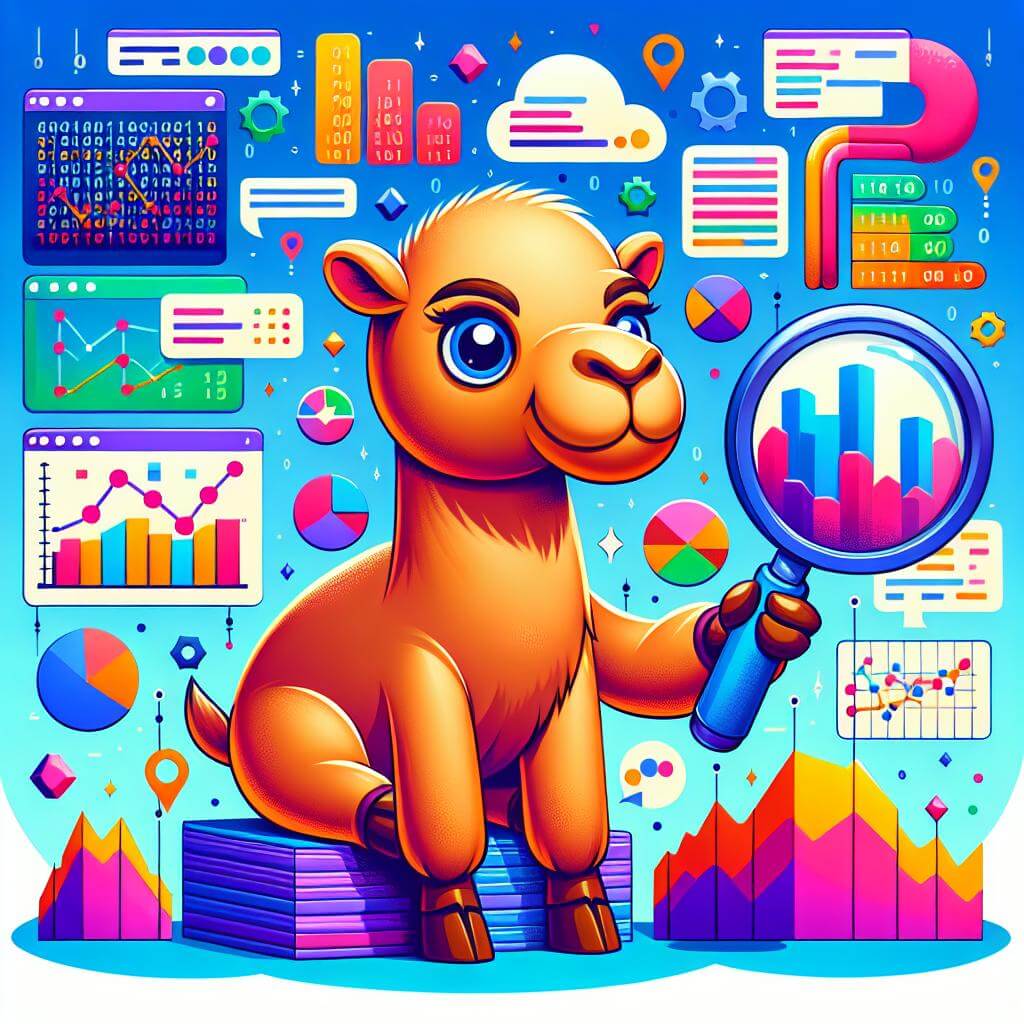Are you wondering if Perl, a language with roots in text manipulation and web development, has a place in the data-driven world of data science? This article cuts through the noise to explore Perl’s utility in tasks ranging from data cleaning to analysis and visualization, offering insights into when it shines and when other languages might take the lead.
Perl, often recognized for its prowess in text processing and scripting capabilities, has been a staple in the programming world since its inception in 1987. While its general uses span from web development to system administration, the burgeoning field of data science has prompted a reevaluation of Perl’s applicability in this modern domain. Data science, with its emphasis on extracting insights and making predictions from data, has become indispensable across various industries, from healthcare to finance.
The Role of Programming Languages in Data Science
Data science is a multifaceted field involving the collection, cleaning, analysis, and visualization of data. Programming languages serve as the backbone of these operations, enabling data scientists to manipulate large datasets, perform complex calculations, and create compelling visual representations of their findings. The choice of programming language can significantly impact the efficiency and effectiveness of these tasks.
Perl for Data Manipulation and Analysis
Perl’s text manipulation capabilities are legendary. Its powerful regex and string parsing features make it an excellent choice for data cleaning and preprocessing, which are critical steps in the data science workflow. The Comprehensive Perl Archive Network (CPAN) further enhances Perl’s utility in data science with a plethora of modules designed for data analysis. Modules like Statistics::R, PDL (Perl Data Language), and Text::CSV provide robust tools for statistical analysis, data manipulation, and CSV file management, respectively.
Perl in Data Visualization
While Perl might not be the first language that comes to mind for data visualization, it holds its ground with modules like GD, Plotly, and Chart::Clicker. These tools allow for the creation of a wide range of visualizations, from simple charts to complex interactive plots. However, when compared to the rich ecosystems of Python’s Matplotlib and Seaborn or R’s ggplot2, Perl’s offerings can seem limited. Despite this, Perl’s visualization capabilities are sufficient for many basic to intermediate needs, making it a viable option for projects where Perl is already being used for other tasks.
Integration and Compatibility
One of Perl’s strengths lies in its ability to integrate with other technologies and databases, a crucial aspect of data science projects that often involve diverse data sources and tools. Perl’s DBI module provides a consistent interface for database interaction, supporting numerous DBMS systems including MySQL, PostgreSQL, and Oracle. Furthermore, Perl’s compatibility with web scraping tools like LWP (Library for WWW in Perl) and its ability to interoperate with other programming languages through inline bindings or API calls, expand its utility in data science workflows.
Real-World Applications and Case Studies
Despite the dominance of languages like Python and R in data science, Perl has its success stories. For instance, a financial services company used Perl for data preprocessing and cleaning in a large-scale fraud detection project, leveraging its regex capabilities to parse and sanitize diverse transaction data. Another example is in bioinformatics, where Perl’s BioPerl project provides tools for sequence analysis, alignment, and database search, underscoring Perl’s utility in handling complex biological data.
Perl vs. Other Data Science Languages
When comparing Perl to data science stalwarts like Python, R, and Julia, several factors come into play. Python and R, with their extensive libraries and community support, are often more user-friendly for beginners and more versatile for a wide range of data science tasks. Julia, with its high performance, appeals to those working on computationally intensive tasks. Perl, while not the frontrunner in any of these areas, distinguishes itself with superior text manipulation capabilities and a mature ecosystem for certain niche applications.
In scenarios involving heavy text processing or legacy systems built in Perl, it might be the preferred choice. However, for projects requiring extensive data visualization or machine learning, Python or R might be more suitable. The decision ultimately hinges on the specific requirements of the project and the familiarity of the team with the language.
In conclusion, while Perl may not be the go-to language for data science, it possesses unique strengths, particularly in text manipulation and processing, that can be leveraged in data science projects. Its integration capabilities and the rich repository of CPAN modules further extend its utility in specific scenarios. As with any tool, understanding when and how to use Perl can enhance a data scientist’s arsenal in tackling the diverse challenges of the data-driven world.
